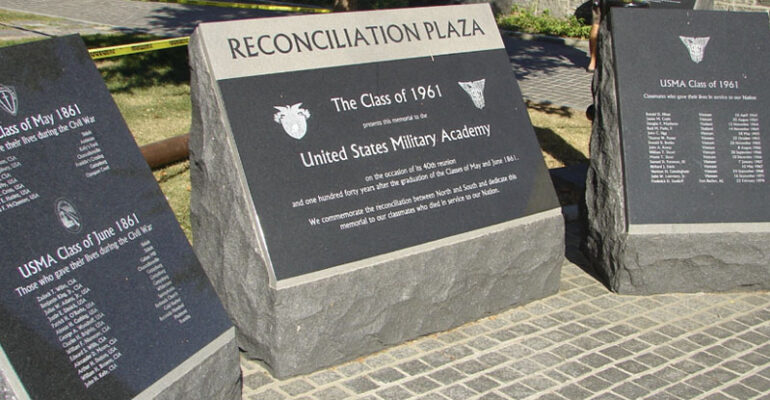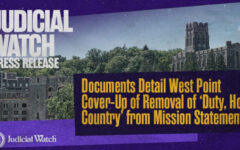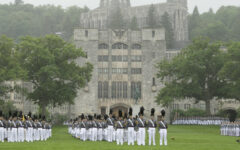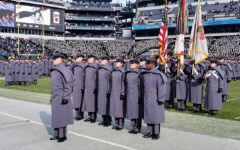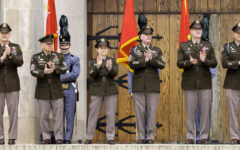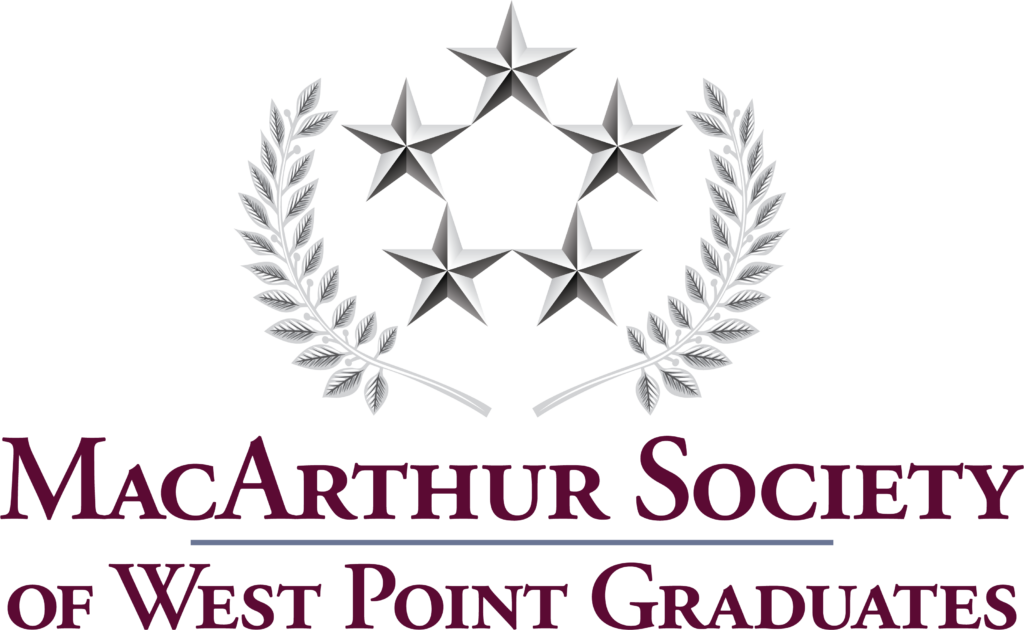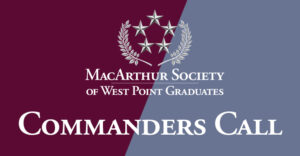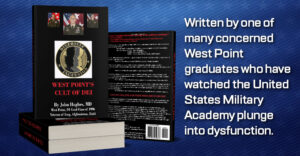The Naming Commission Comes for West Point
23 January 2023 2024-01-24 18:30The Naming Commission Comes for West Point
By Forrest L. Marion, Ph.D., retired U.S. Air Force officer and military historian
Created by the fiscal 2021 national defense authorization act, the Naming Commission’s duties included recommending procedures for renaming Department of Defense assets “to prevent commemoration of the Confederate States of America or any person who served voluntarily” with them.
While nine U.S. Army posts named for Confederates have received the most attention, the commission’s “remit” extends much further. In fact, a logical end point to its (Diversity-Equity-Inclusion-inspired) work is nowhere to be found:
The Commission recognizes that [defense] assets commemorating the Confederacy or an individual who voluntarily served with the Confederacy will continue to be identified after the submission of the Commission plan. The Commission recommends the base rename, remove, or modify any such assets identified in the future [emphasis added].
The ramifications of the above remain to be seen, but already the U.S. Military Academy at West Point is undergoing a (shameful) transformation: its “Reconciliation Plaza” has begun to be dismantled and will soon be altered beyond recognition.
The plaza, consisting of stone “markers” arranged on the academy’s grounds, was presented by the West Point Class of 1961 on the occasion of their fortieth reunion in 2001. Exactly a century prior to the 1961 members of the Long Gray Line, the school graduated two classes in 1861 – one in May, the other in June. Graduates served in both the Northern and Southern armies.
The precise purpose of Reconciliation Plaza was to “commemorate the reconciliation between North and South and dedicate this memorial to our classmates who died in service to our nation” [emphasis added]. The latter intent was traditional at military schools (including my alma mater, the Virginia Military Institute), and was non-controversial.
Not so the former. The markers, duly noted by the Commission, depicted “acts and events between 1861 and 1913 to serve as examples of reconciliation.”
But given the atmosphere in official Washington since the fruitless extremism-in-the-ranks hunt in 2021, such a purpose is suspect, especially if white men were behind it.
At least two markers or exhibits described by the Commission deserve particular attention. They depicted the following acts or events:
“Marker 4 portrays a Confederate soldier providing water to a U.S. Soldier wounded by Confederate guns”; and,
“Marker 6 commemorates Confederate [Major General] Stephen Ramseur and two U.S. Army classmates from West Point who comforted him as he lay dying after a surprise attack by Ramseur’s army failed.”
Stephen Dodson Ramseur, who had sustained multiple wounds in battle prior to the October 1864 Battle of Cedar Creek – and, at 27, was the youngest West Point graduate to be promoted to major general – had just had his second horse shot from under him when he was hit in the lungs, a mortal wounding. Learning of his condition and subsequent capture by Union forces, several of Ramseur’s friends from West Point “came to his side,” among them his close friend, George Armstrong Custer. Ramseur, whose first wedding anniversary was days away, had just learned of the birth of his daughter.
Astoundingly, the Commission found the depiction of these acts to be within its remit and unacceptable to remain in place.
Indeed, at West Point’s Reconciliation Plaza. What Purity-Tested entity determines the giving of water to a wounded soldier, and the comforting of a dying soldier by his friends, to be unacceptable depictions of reconciliation – particularly among the very soldiers who fought one another honorably on the field of battle?
If the actual participants themselves were able to reconcile to such a degree during or immediately after the heat of battle, who in a later generation dares to dismiss and hold in contempt such acts of kindness?
Commemorate is but the latest politically weaponized entry in the lexicon of those who “love all words that devour.”
In the 2021 defense act’s four main, relevant paragraphs in Section 370, some form of the word “commemorate” appears in each – and is prohibitive of the Confederacy and Confederates. Without debating the merits, and mostly demerits, of Congress’s mandate, it is enough to return to the Commission’s own words.
The primary purpose of the Class of 1961’s gift to West Point was to “commemorate the reconciliation between North and South,” which the Commission quoted [emphasis added].
The Commission may have wished otherwise, but commemorating the Confederacy or Confederates was not within the Class of 1961’s stated purpose. The Commission’s accurate quotation of the purpose in its report is at odds with – and severely undermines – its own recommendations.
Eight decades ago, the United States fought Germany and Japan in a costly, four-year war. Today, both former adversaries are among our closest allies.
Sixteen decades ago, the United States fought the Confederate States of America in an earlier, costly, four-year war. By the 1940s, North and South had been reconciled.
With bitter irony, today that reconciliation is being undone by those who presume to have the national interest at heart.
Will this Commission’s Reconciliation Plaza recommendation represent the philosophy or principle to be taught to cadets soon to be commissioned as second lieutenants in the United States Army? At storied West Point?
Such an intentional position is at once surreal, outrageous, and yet another stark reminder of the thin veneer of civilization threatened by those whose leaders follow – wittingly or otherwise – in the path of Italian political thinker Antonio Gramsci, who in the 1920s and 30s foresaw cultural Marxism as a potential game-changer in the West.
The Commission’s “anti-racist” work harms the U.S. military generally, and the Army particularly: the latter assessed as “Marginal” by the respected Heritage Foundation; struggling to accession recruits adequate in numbers and quality – and whose primary adversaries, China and Russia, can hardly believe their good fortune stemming from America’s self-inflicted, divisive policies.
Forrest L. Marion, Ph.D., is a retired U.S. Air Force officer and military historian. He is the author of Flight Risk: The Coalition’s Air Advisory Mission in Afghanistan, 2005-2015 (Naval Institute Press, 2018), and (forthcoming), Standing Up Space Force: The Road to the Nation’s Sixth Armed Service (Naval Institute Press).

